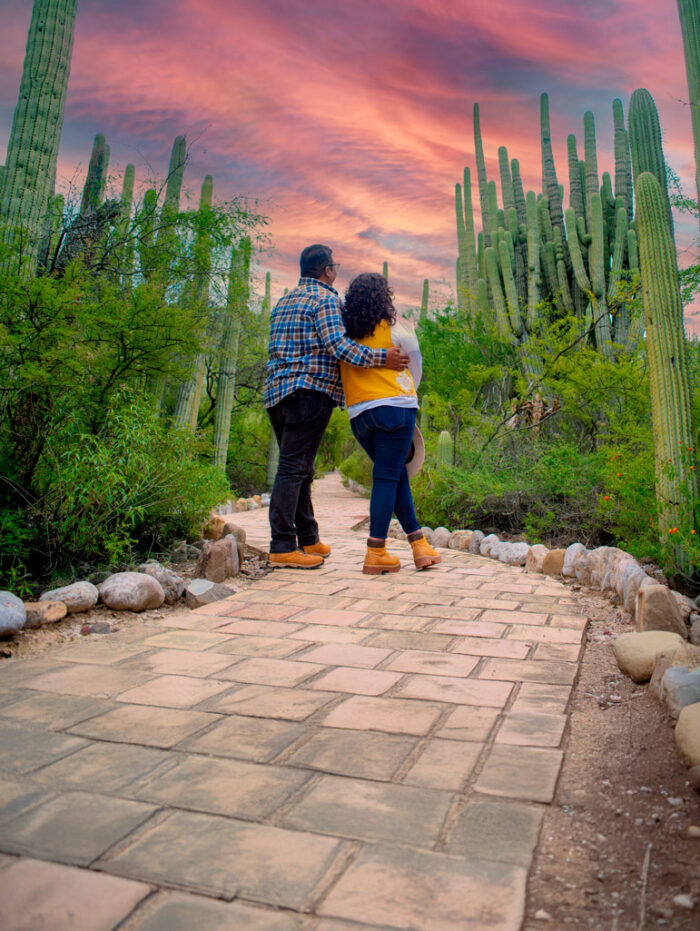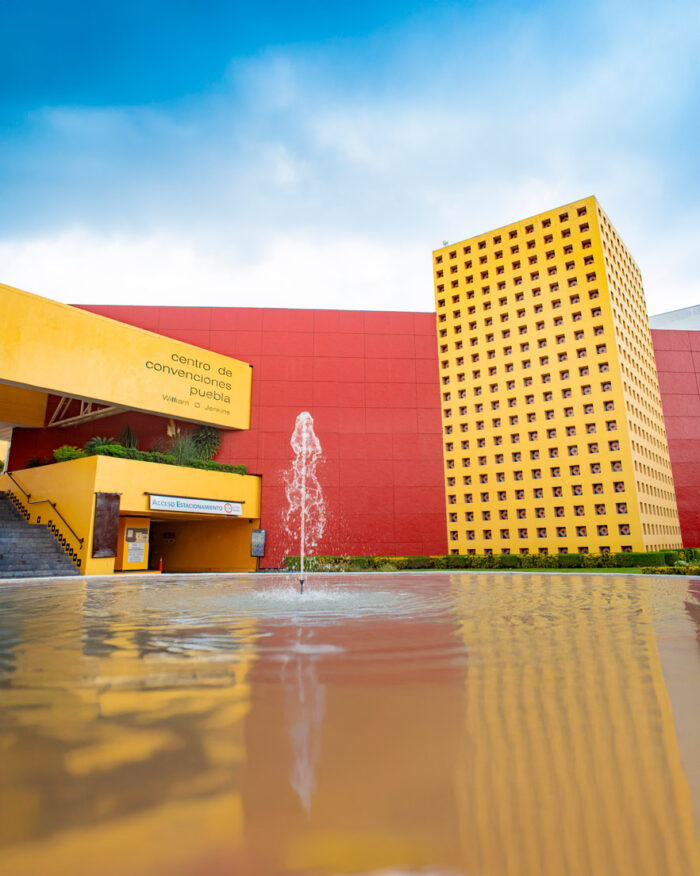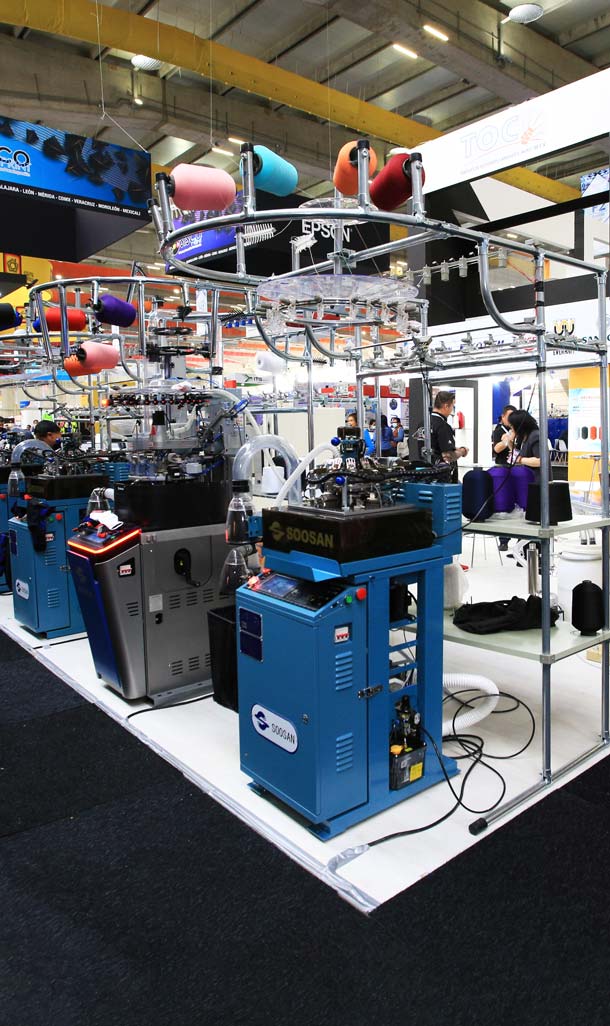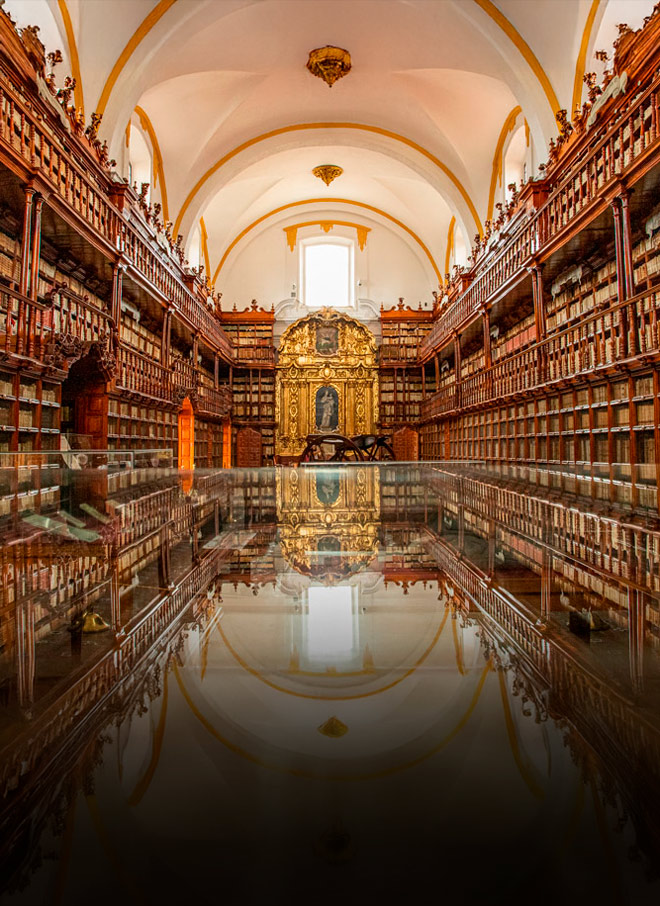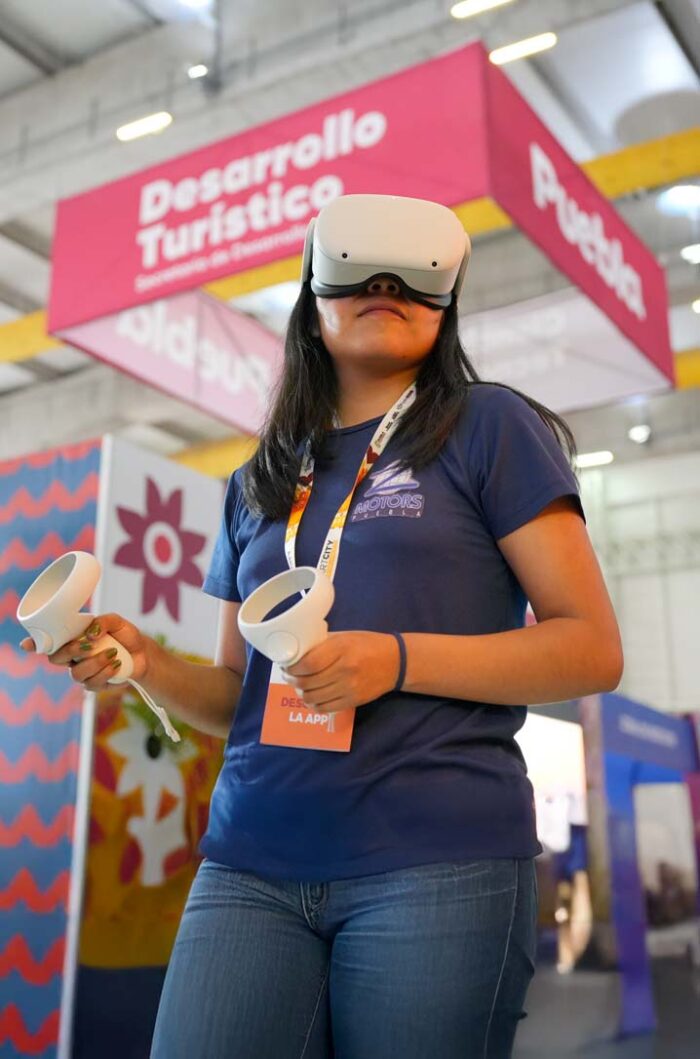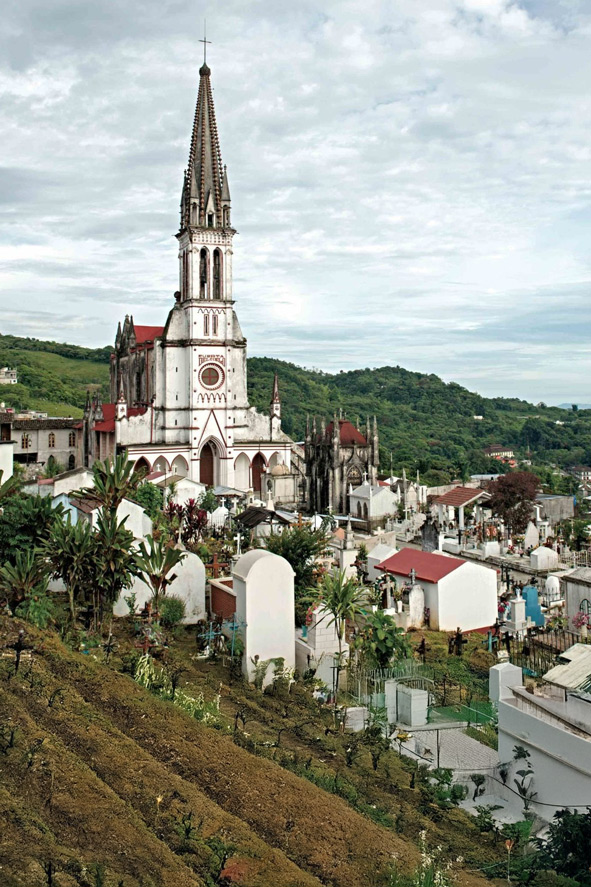
Magical Towns, the Perfect Excuse to Keep Exploring Puebla
Here are 12 towns where business travelers can learn more about Puebla’s cultural, adventure, culinary, and spiritual attractions. Each one offers unique experiences rooted in history, indigenous traditions, and gorgeous scenery.

Continua en la historia
 Desliza a la izquierda para continuar
Desliza a la izquierda para continuar
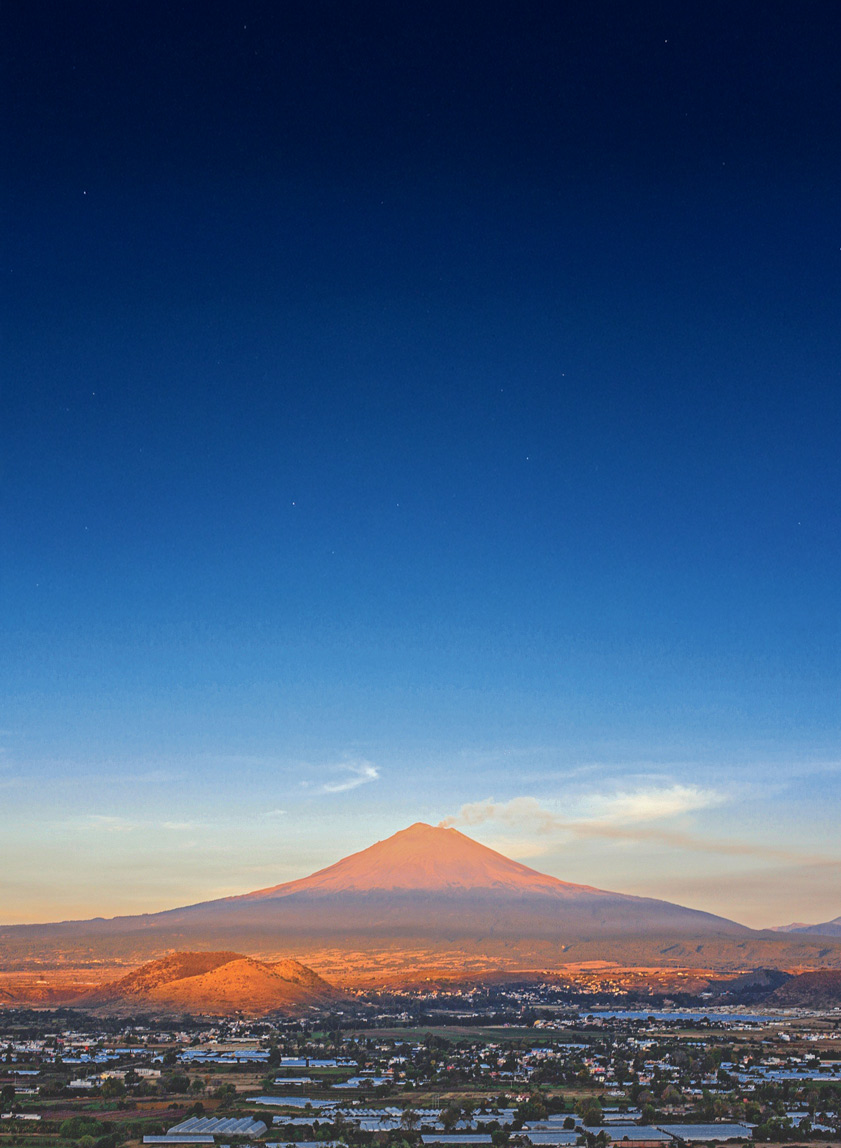
▖▚▮▘▖▚▮▘The state of Puebla is the birthplace of great traditions, and its cultural heritage is one of Mexico’s most wide-ranging and fascinating. It is the product of the syncretic blend of pre-Hispanic indigenous traditions with Spanish colonial influences.
▁▁▁▁▁▁▁▁▁▁▁
It is no accident that the state boasts 12 Magical Towns—great destinations for business travelers. Each, in its own way, draws tourists through its unique combination of tourist attractions mingling with colonial Spanish influences, such as the architecture that also displays Moorish, indigenous, and European influences. Likewise, the cuisine is both distinctive and varied—think rich mole sauces; en nogada stuffed peppers; little steamed tamales; loaded corn dough chalupas;cemita sandwiches; tlayoyos, filled corn patties and not to be confused with tlacoyos, which are shaped differently; high-elevation coffee, homemade pastries, and traditional candy.
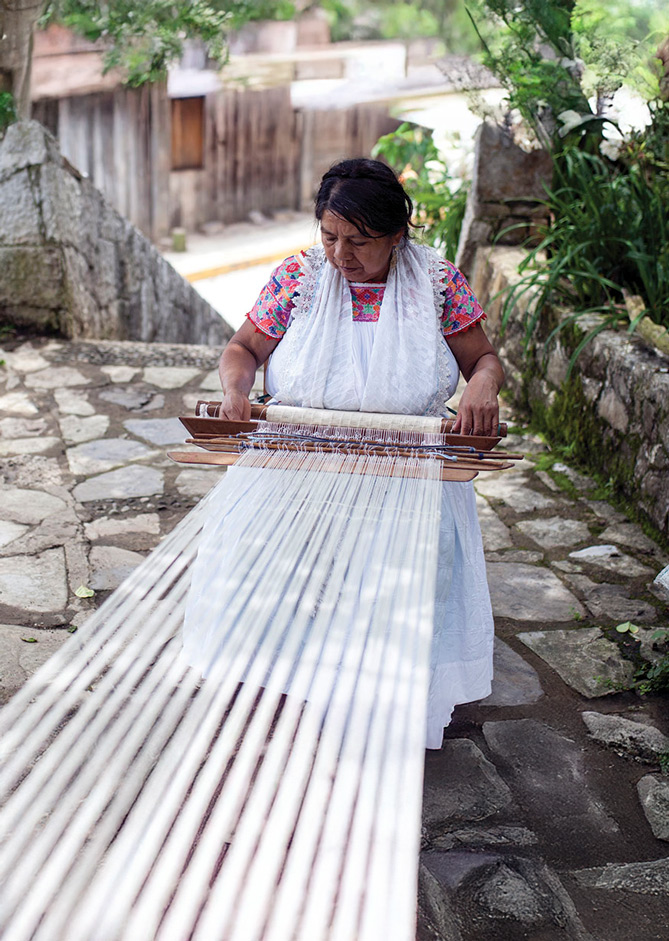
 ▖▚▮▘In Puebla’s Magical Towns, traditional handicrafts reflect the state’s ethnic diversity, history, and culture.
▖▚▮▘In Puebla’s Magical Towns, traditional handicrafts reflect the state’s ethnic diversity, history, and culture.
They are made with age-old techniques that have been passed down from generation to generation, blending indigenous and mestizo knowledge with creativity and local pride. Take Talavera ceramics as an example. It is glazed pottery dating from the times of the colonies that has now been awarded a designation of origin distinction. Other distinctive handicrafts include amate bark paper, textiles embroidered with indigenous motifs, woolen textiles, masks, wood figures, Christmas decorations, and weaving traditions that produce baskets, hats, and mats and petates woven with palm fronds, reeds, and plant fibers.
▁▁▁▁▁▁▁▁▁▁▁
Indigenous languages—such as Nahuatl, Totonaco, and Otomí—are still spoken in many of the Magical Towns, and people continue to practice their ancestral customs in dances, festivals, and other traditions. This is what makes them special:
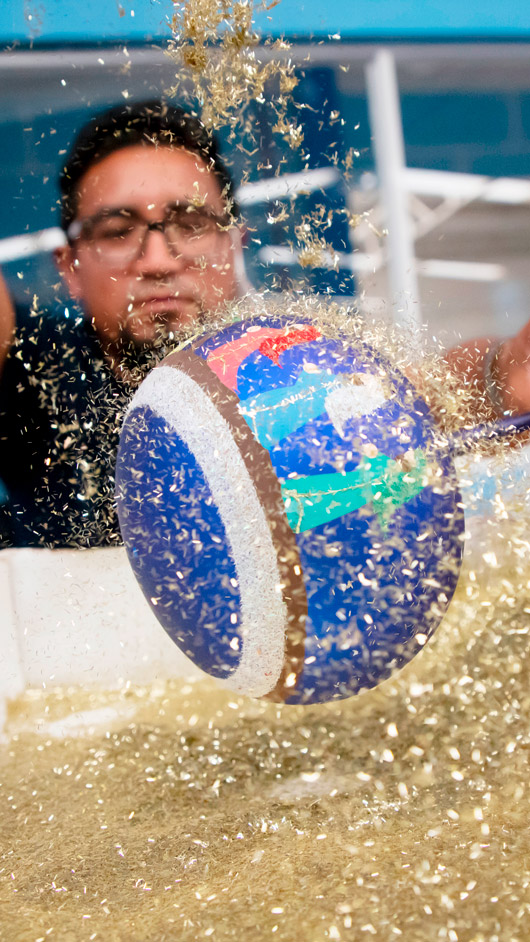
 ▘▗❚ Chignahuapan
▘▗❚ Chignahuapan
This astonishing town is famous for the world-class Christmas decorations made by its glassworkers. The town is home to more than 200 glass-blowing workshops creating Christmas decor.
▁▁▁▁▁▁▁▁▁▁▁
At Christmastime, the town shines with lights, colors, and events. Pilgrims flock to the church, Basílica de la Inmaculada Concepción (Basilica of the Immaculate Conception), which holds one of Latin America’s largest religious images—a wooden statue of the Virgin Mary that measures 39.4 feet high.

 ▘▗❚ Zacatlán de las Manzanas
▘▗❚ Zacatlán de las Manzanas
With charming colonial-era architecture and ecotourism activities, this town is known for making monumental clocks and cider. Every August is the town fair, Feria de la Manzana, featuring parades, exhibits, music, and everything you can think of made with apples (cider, jam, candy).
▁▁▁▁▁▁▁▁▁▁▁
Mirador de Cristal and Barranca de los Jilgueros are scenic overlooks offering spectacular views of mist-shrouded landscapes.

▘▗❚ Cuetzalan del Progreso
Known for its stunningly beautiful setting, enduring indigenous identity, and traditional architecture with cobblestone streets and white houses with red tile roofs, Cuetzalan’s charms include caves and waterfalls, such as Las Brisas, El Salto, and El Corazón del Bosque. This is the perfect place for ecotourism, hiking, and photography.
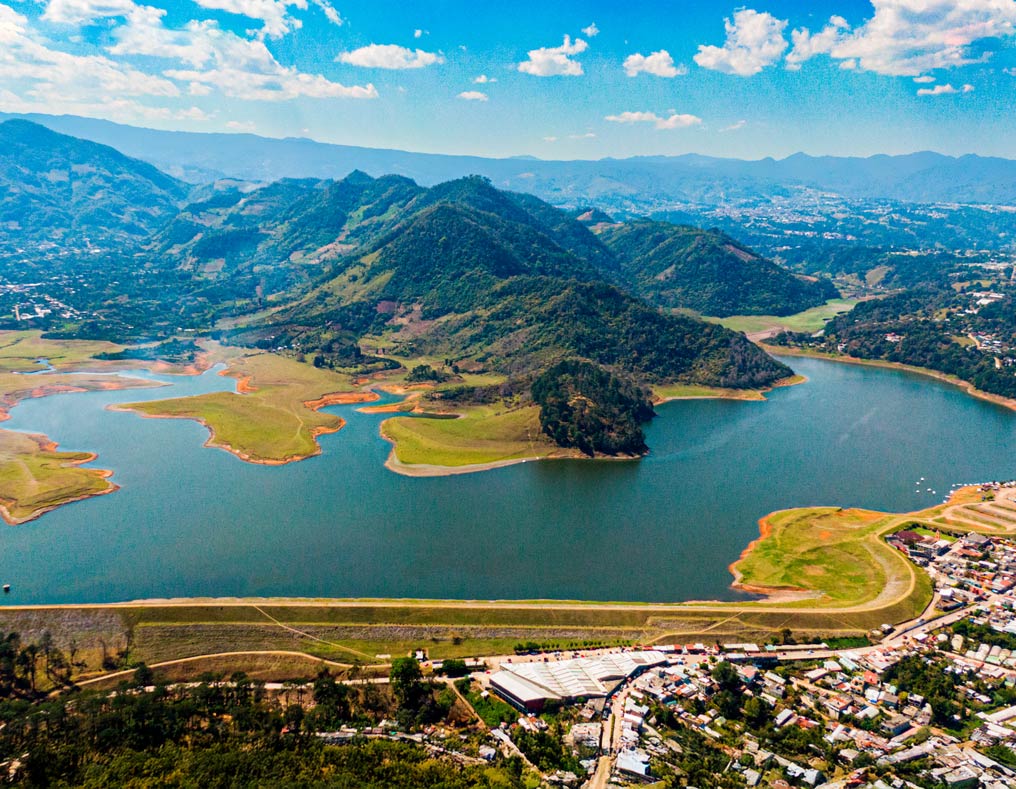
▘▗❚ Huauchinango
With its tree-shaded town square, lovely gazebo, and 16th-century Asunción church, Huauchinango is most celebrated for its flower market. In fact, in March it puts on one of the country’s most important fairs.
▁▁▁▁▁▁▁▁▁▁▁
In addition, its Necaxa dam forms a lovely reservoir surrounded by woods, a great spot for boat rides or hikes. Photography here is phenomenal.
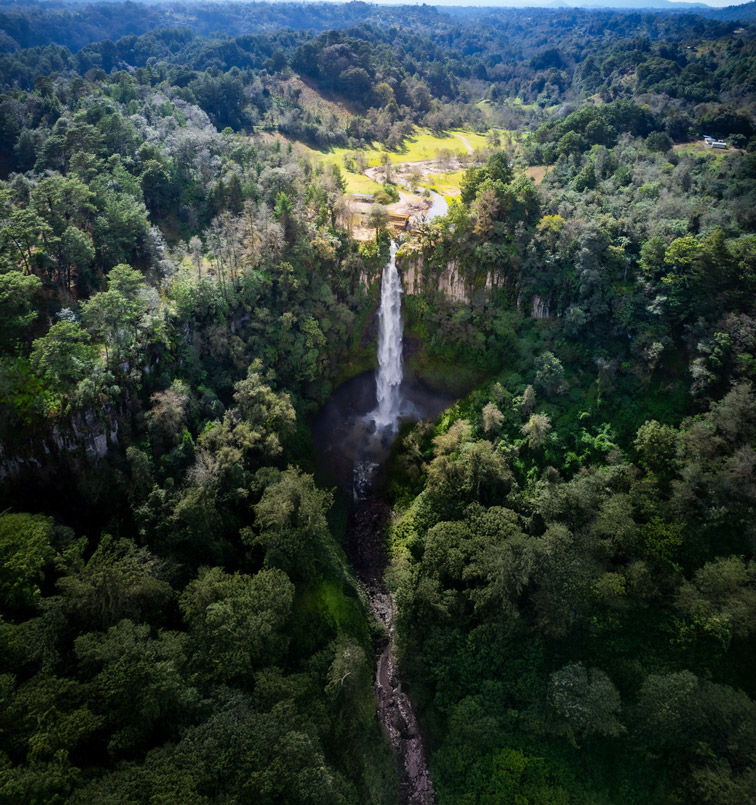
▘▗❚ Tlatlauquitepec
One of the best spots in the state for ecotourism and adventure sports, Tlatlauquitepec boasts forests, waterfalls, rivers, and caves. Be sure to visit Puxtla waterfall, whose beauty and accessibility make it one of the most popular falls.
▁▁▁▁▁▁▁▁▁▁▁
Plus, its former convent, Santa María de la Asunción, built in the 16th century, is one of the oldest in North and South America.
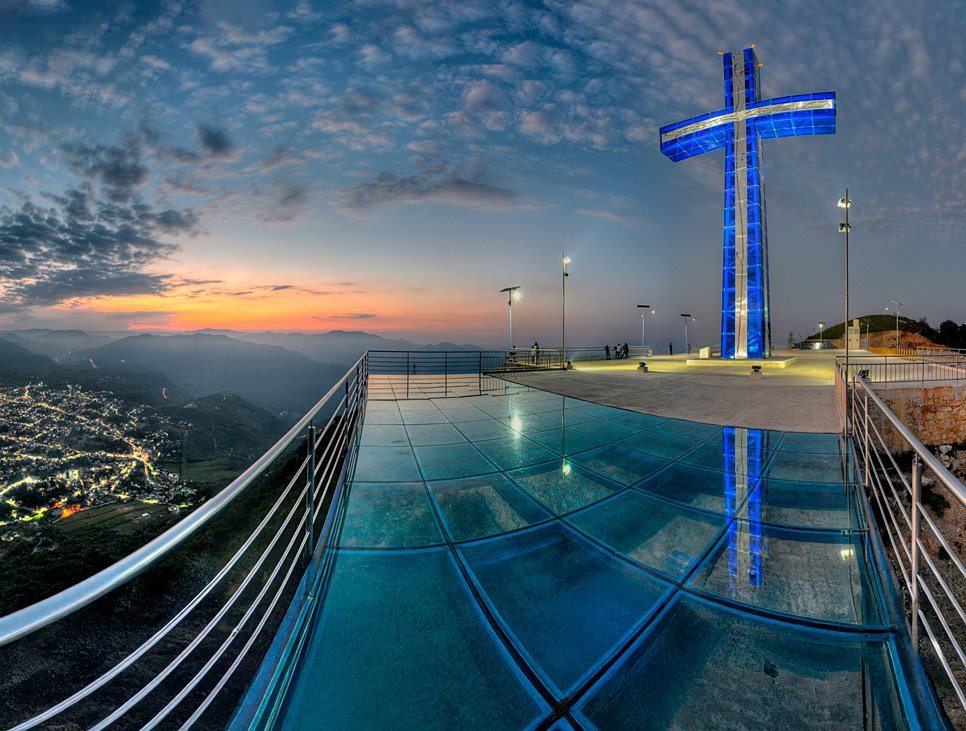
▘▗❚ Xicotepec
Definitely one of the country’s most popular coffee-growing zones, visitors can tour several coffee farms, learn about the production process, and enjoy organic high-altitude coffee.
▁▁▁▁▁▁▁▁▁▁▁
This is also the location of Xochipila archeological site, a pre-Hispanic ceremonial center from the Nahuatl-Totonaca culture. It is still used today for indigenous rituals.

▘▗❚ Atlixco
Renowned for its flower farms, pleasant weather, colorful streets, exquisite cuisine, and cultural traditions, Atlixco is a great place to experience Huey Atlixcáyotl on the last Sunday in September. It is an amazing indigenous festival known worldwide.
▁▁▁▁▁▁▁▁▁▁▁
Groups from around the region come to mount San Miguel to show off their dances, music, traditional dress, and offerings to their ancestors. In December, the historic center is transformed by millions of twinkling lights, with Christmas figures and cultural events.
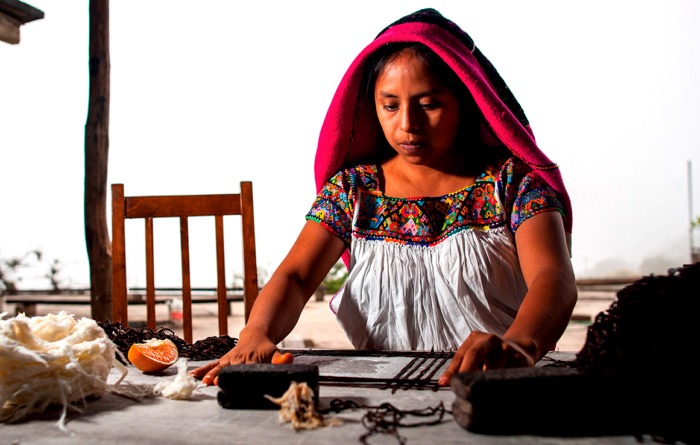
▘▗❚ Pahuatlán
Pahuatlán de Valle is a lovely Magical Town tucked in Puebla’s Sierra Norte Mountains, famous for its indigenous heritage, mountainous landscapes, and ancient tradition of amate paper production.
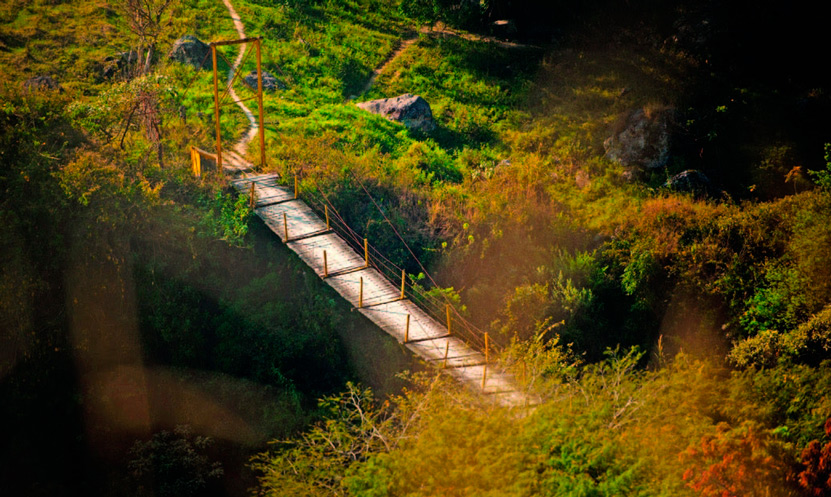
▁▁▁▁▁▁▁▁▁▁▁
The municipality also holds San Pablito, a village of the Nahua indigenous people who have made this handcrafted paper from tree bark since pre-Hispanic times. Its hanging bridge is worth checking out, as it makes a fantastic outing offering gorgeous views over Pahuatitla River.

 ▘▗❚ Cholula
▘▗❚ Cholula
Cholula is known as the home of 365 churches, or one for every day of the year, as they say here. But there are three that are particularly beautiful—San Gabriel, Santa María Tonantzintla (with its indigenous baroque-style interior), and San Francisco Acatepec. This is also the site of the Gran Pirámide de Cholula, known as Tlachihualtépetl, the pyramid with the greatest volume in the world.
▁▁▁▁▁▁▁▁▁▁▁
In the 16th century, Nuestra Señora de los Remedios church was built here, and there are sweeping views of Popocatépetl and Iztaccíhuatl volcanoes.
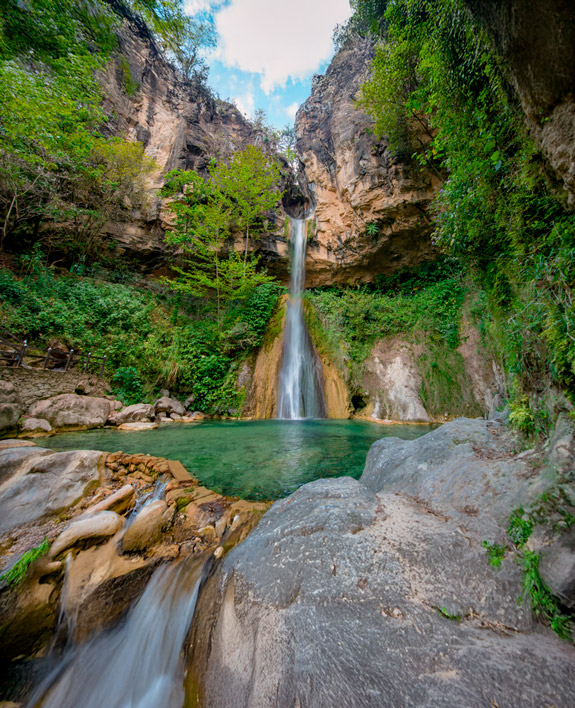
▘▗❚ Tetela de Ocampo
With a past bathed in heroic glory, a strong local identity, and setting filled with mountains, forests, and rivers, Tetela de Ocampo is also the location of Cascada Aconco. This stunning waterfall plunges a breathtaking 230 feet. Its historic center is threaded with cobblestone streets lined with colonial-era houses and historic buildings.
▁▁▁▁▁▁▁▁▁▁▁
The Palacio Municipal, or town hall, preserves a mural depicting the Batalla del 5 de Mayo. Known as “los hombres de la sierra” (men from the mountains), soldiers from Tetela fought in the historic May 5th battle. Tres Juanes museum is dedicated to three local heroes from the Guerra de Reforma (Reform War) and the second French intervention in Mexico.

▘▗❚ Huejotzingo
This town is famous for its centuries-old carnival with thousands of dancers representing Zacapoaxtla, Turco, French, and indigenous customs. There are reenactments of the Batalla del 5 de Mayo (Cinco de Mayo battle against the French) with real muskets filled with gunpowder (under supervision of course).
▁▁▁▁▁▁▁▁▁▁▁
In addition, San Miguel Arcángel convent is worth a visit. Founded in 1524 by the Franciscans, it is considered one of the first four convents in the New World.

▘▗❚ Teziutlán
Called the “Perla de la Sierra” (Pearl of the Mountains) for its gorgeous setting, urban development, and cultural inheritance, Teziutlán is a mountain town with deep religious customs. The town’s cathedral, dedicated to Nuestra Señora de la Asunción, is from the 19th century and has incredible neoclassical architecture and stained-glass windows.
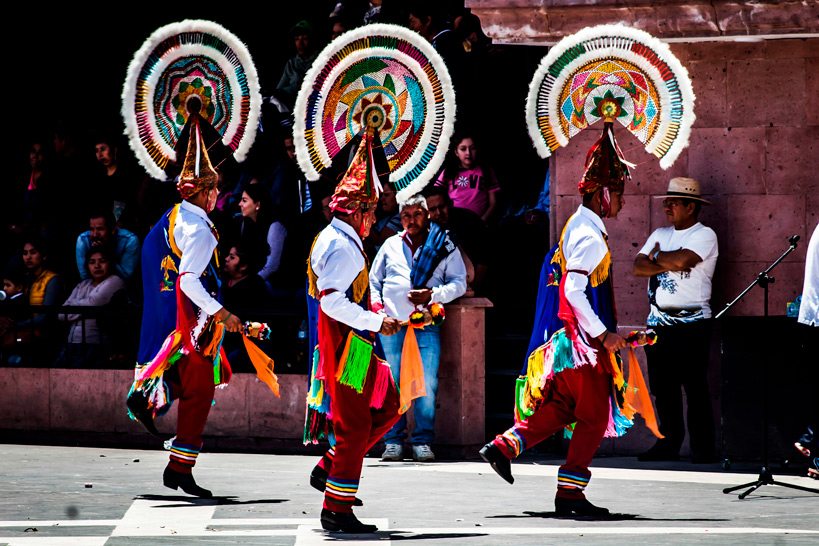
▁▁▁▁▁▁▁▁▁▁▁
The historic center with its charming cobblestone streets, traditional cafés, and small shops, holds the town hall, Palacio Municipal, with its Porfiriato style featuring wrought iron balconies. Also check out Victoria Theater, an active cultural center opened in 1943.
This is just a glimpse of Puebla’s 12 Magical Towns. Take an outing to one of them on your next business trip!
▁▁▁▁▁▁▁▁▁▁▁▁▁▁▁▁
There are a number of service providers in Puebla
who have been certified by the Secretaría de Desarrollo Turístico
(Tourism Development Department). Find them here:




